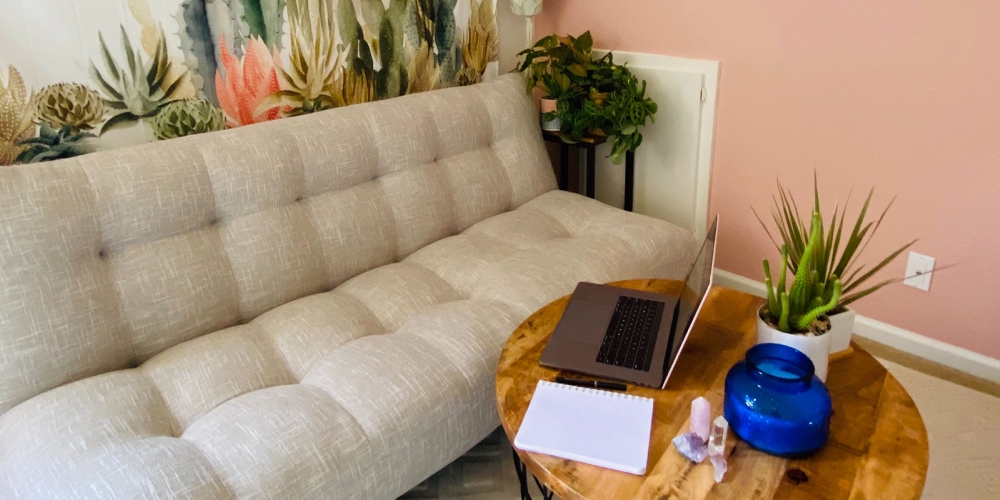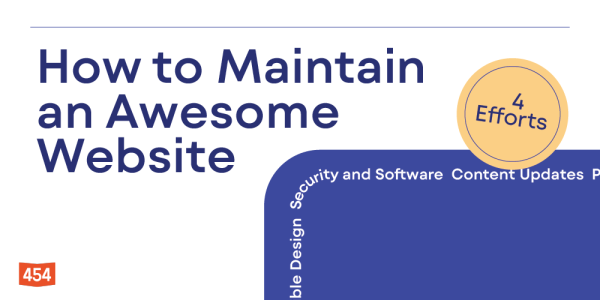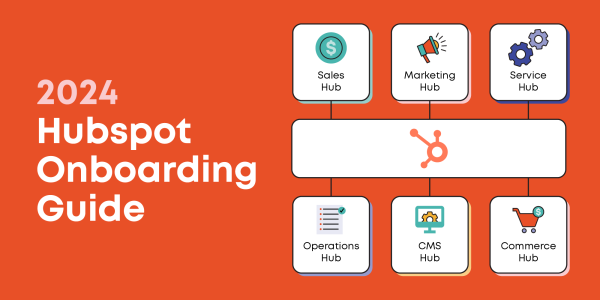How to create healthy workplace habits in a remote environment
Dec 14, 2020

Before 2020 and the new normal of remote work, our office thrived in an environment full of in-person collaboration, social activity, and dialogue. While we still do, these exchanges look very different now. As the year comes to an end we look back at what we’ve learned and what challenges we’ve overcome as a team. Chief among these lessons is how to create an environment for yourself and your team to flourish in the remote world. Here are 5 lessons we learned that we hope will help you and your team.
Create intentionality with your team
With the lack of morning chats in the kitchen over coffee and afternoon lunches together the need to create times to intentionally check-in is essential. Before quarantine me and my team shared an office and would have a 15-minute stand-up meeting once a week to talk through challenges/roadblocks and generally bounce ideas off each other. Once a month I would have one-on-one lunches.
When the 2-week quarantine hit we put these meetings on pause as we faced the reality of adjusting to a remote working environment. After a few weeks it became clear that we were going to be in this for a while, and it was also clear we were missing out without those meetings. Creating a time weekly in which my team can come to me with their concerns, questions, and challenges streamlined all of our productivity and allowed for a space to express their needs before it became problematic. Although we cannot go to lunch together, we brought back monthly check-ins which serves as a time to check in emotionally and mentally as we find we’re working longer hours than ever.
Time blocking
Time blocking is a key tool for anyone working on a lot of projects, or regularly booked up in meetings. With so many competing priorities and an office or one (or two if you have roommates) it is easy to feel disconnected and overwhelmed. This is where time blocking comes in. By creating a written or digital schedule for yourself independent from your calendar invites you are able to gain control of your schedule and how much time you want to spend on a task in a tangible way. I start each week (sometimes Sunday night instead of Monday AM) by time blocking for the first half of the week. This allows me to check in mid week and adapt but also creates a clear priority for myself during the week despite new or urgent tasks popping up. This is especially important if you feel you end your work day feeling like you didn’t accomplish what you wanted. If you are time blocking it is in your control to complete what you set out to do.
Take breaks
My new phrase of the year has to be “Zoom Fatigue.” If you don’t know what this is, I am really happy for you! If you do, you know the feeling of exhaustion that comes from constant Zoom meetings. Working from home requires us to be “on” in a way we never were before in the office. So much of communication relied on body language and in person exchange. We now have to work that much harder to overcome technical challenges and over communicate via a video camera that you might find yourself quickly becoming fatigued by the experience. One habit I quickly implemented during remote life was setting boundaries by taking breaks. After a few weeks of working through lunch at home I asked myself “how come this keeps happening?” Because we are working away from our co-workers we don’t have the visual cue of watching everyone go off to lunch or take a break for lunch, reminding us to do so as well. I reminded myself, it’s ok to take breaks, in fact it’s better for overall productivity and efficiency.
My first break is mid-morning to make a loose leaf cup of tea, a ritual I find calming and reflective. Next I make sure to take at least 45 minutes for lunch and 15 minutes for a walk at some point during the day. The real magic comes from my “micro” breaks. For me, this looks like three hours of zoom meetings and an inundated inbox. If I were to dive directly into my inbox my mind would be foggy, I would miss details, and I would overall take a longer time to get my inbox in order. Instead, I take a step back and take a break to water a plant or turn around the laundry. When I come back from my 5-10 minute micro break my mind is ready to shift focus from my zoom calls to the task in front of me: working through my inbox.
Allow flexibility
2020 has redefined the workday. We all were asked to adapt and adjust to a global pandemic in such a short period of time, paired with feelings of anxiety, loss, grief, fear, and sadness now is more important than ever to allow flexibility when you can. Far away from each other, we cannot pick up on subtle nuances of someone's day: if they’re feeling unwell, if they aren’t feeling themselves, if they are struggling with something personal. I do my best to treat everyone as if they are dealing with something (because honestly, we all are right now). If there is an opportunity for an employee to workout in the middle of the day, with the assurance their work will be completed or to go to a doctor’s appointment or to take a mental health day, you encourage it. Allowing a flexible schedule creates a sense of trust among team members and, in a time where so little is within our control, relieves unnecessary stress for employees to be glued to their desks at all times.
Celebrate Success
Long ago are the days of gathering the staff in the conference room to make announcements about new accounts, accomplishments, promotions, and new employees. The group celebration has been mostly confined to slack announcements. We are so reliant on the in-person celebration of milestones and successes that we find ourselves forgetting to celebrate them. One habit I recommend getting into is celebrating wins as a team (publically in slack) and with individuals. This can look as simple as a slack message saying how much you appreciate the individual's work and recognize the value, or as complex as collecting quotes from different co-workers and sharing it in a presentation appreciating the work. As a team, celebrating collective success and hard work is so important to morale but hard to do remotely. This December, I have decided to do so via leading my first ever “Virtual Retreat.” This team retreat will consist of celebrating milestones and successes from the past year, reflecting on what we liked and didn’t like about remote work, addressing the emotional impact of this year in the workplace, and creating goals for 2021. Of course, I set out to make this retreat intentional with breaks and time for lunch and casual conversation.
It took time to adjust to the remote environment, and while this will be a permanent solution for some, many of us are beginning to prepare to return to the office at some point in 2021. Making sure the habits in your remote environment are intentional and proactive to the greater health and wellbeing of your staff will make a transition back to the office that much more seamless. We’re excited to hear what other lessons about the remote workplace you’ve learned this year. Please share your stories or suggestions in the comments!
How to create healthy workplace habits in a remote environment









Leave A Comment